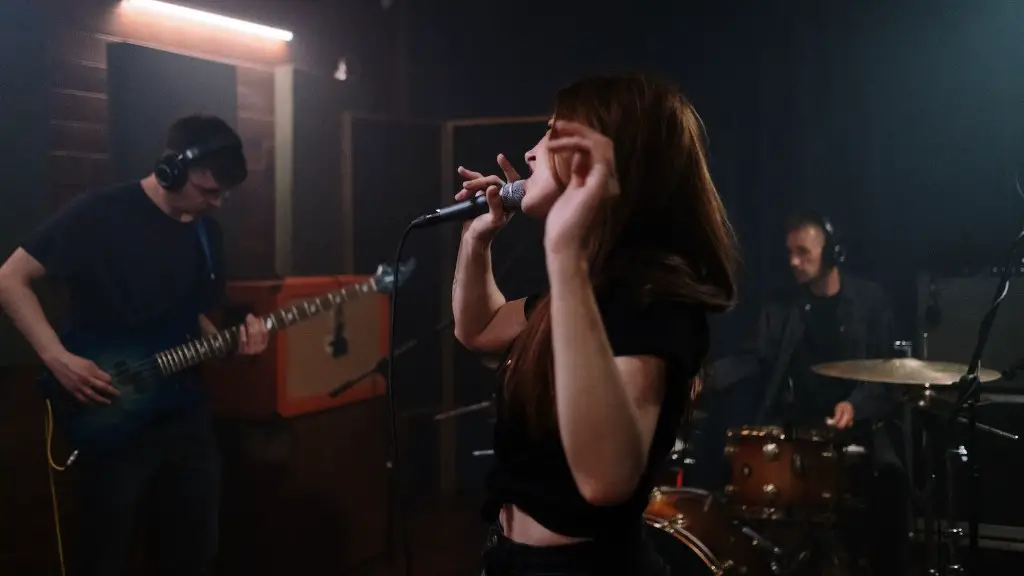How To Draw A Crab For Kids
Learning to draw can be one of the most rewarding experiences for kids, especially when the final product looks great! Drawing a crab is no exception. Although it may seem intimidating, it doesn’t have to be. With a bit of practice and a few simple instructions, you’ll be able to help your child draw an amazing crab in no time.
First, encourage your child to take a few moments to really observe the crab they want to draw. Look at the shape of its shell, how its claws hug either side of its mouth, and how many small details like bumps, patterns and antennas it has. All these details are important to capture in the drawing.
Next, kids should lightly sketch an outline of the overall shape with a pencil. You don’t need to draw it perfectly. The first attempt is just to get a general idea of the shape of your crab. You can erase any lines that you’re not happy with and try again!
Now, it’s time to add the details that make your crab more realistic. Redraw the shell, claws and other features more clearly, and add texture with small, curved lines. Finally, once your child is happy with their drawing, it’s time to color it in. Be playful with your colors and don’t be afraid to be bold!
How To Use Shading And Highlights To Add Depth To Your Drawings
When drawing a crab, the art of shading and highlights can transform a simple sketch into a captivating work of art. Explaining shading to kids can be tricky, but there are some simple techniques they can learn to add depth to their drawings.
The first step is to identify which parts of the drawing need to be shaded, like the claws and under the crab’s body. When shading, apply gentle pressure on the pencil and don’t worry if it’s not perfect. Show your child the power of the eraser, which can be used to lighten any areas that were shaded too heavily.
The use of highlights is also an important part of a successful crab drawing because it can add an eye-catching sparkle and bring an element of realism. When applying highlights, start with lighter colors and gradually darken if necessary. This can help to create an exciting contrast between the highlights and shadows of your masterpiece.
Tips For Finishing Touches
Once your child has shaded and highlighted their crab, it might still look a bit incomplete. To add the final touches, encourage them to draw small, subtle details such as antennae, which can make a significant difference in enhancing their artwork.
The key to achieving an amazing crab drawing is to have patience and never give up. It may take a few attempts to get it just right, but you can take pride in the fact that no artist perfected their craft overnight. And once your child’s masterpiece is complete, hang it somewhere prominent in the house and reward their creativity with lots of praises.
How To Draw A Background To Complete The Picture
Kids often forget to draw a background when creating a work of art. This can make the overall picture look incomplete, so a background is especially important for a crab drawing.
Before deciding what kind of background to create, look at the drawing and identify the areas that need to be filled in. Then, grab a few different colored pencils and use them to draw curved or wavy lines to create a landscape or underwater scene. For a simpler background or just to finish off the drawing, you can use a few different shades of blue to create a peaceful ocean effect.
Once the background is complete, your child will be able to stand back and admire the final product. Show off their incredible piece of art to family and friends, take a photograph and make sure to share it proudly.
Incorporating Color To Bring The Picture To Life
Once your child has finished the sketch of the crab, it’s time to add color! This can be the most exciting part of drawing a crab because it can instantly bring the picture to life.
Let your child pick whichever color palette they like, from subtle pastels to bright, vibrant shades. Once they have decided, encourage them to experiment with textures as well. Incorporate crosshatching, stippling, scribbling and other mark-making techniques to create a beautiful masterpiece.
Adding color to their drawing can also help to highlight important parts of the crab, like its claws and eyes. Get creative with this and see how different colors interact with one another to produce an amazing result.
Tricks And Techniques To Make Drawing Fun
Drawing is an amazing creative outlet that kids of all ages can appreciate. But it’s important to make sure they don’t become frustrated if they find it hard to capture their vision on paper.
Incorporate fun techniques like drawing blind so your child doesn’t get hung up on perfection. Have them close their eyes, listen to their favorite music and let their trust take over as they draw a few swirls and dots. This will help them to relax and focus on their drawing from a more creative perspective.
You can also make their experience more enjoyable by trying out different materials, like charcoal and crayons, to find the perfect one for them. With enough practice, your child will soon be able to draw an incredible crab with ease.
